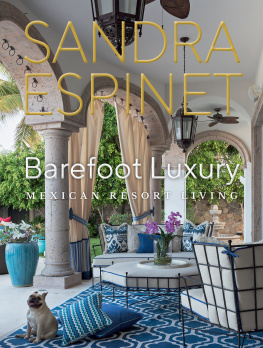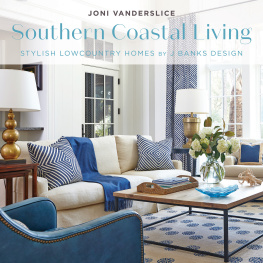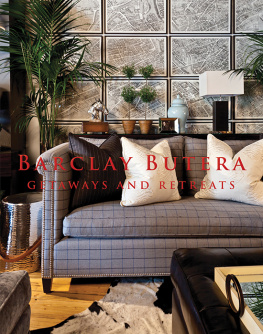Introduction
I have been asked so many times what it is like to live and work as an American expat in the small and somewhat remote resort town of San Jose del Cabo, at the southern tip of Baja California del Sur, Mexico. My answer is honestly that because of my dual residency, much of my professional and social life still continues to revolve around Los Angeles. Yet the space and vistas and casual lifestyle of Baja help me refine my notion of a luxurious enclave away from the mass production and commonplace convenience of more popular vacation destinations. Part of my continuing fascination with marquee resort properties is the blend of remoteness and comfort, like the safari tent in Rajasthan, India, or a compartment on the Orient Express. By living so much of my life in my Baja outpost, where imports must be carefully considered, I am better able to sift through design essentials and design overkill. I can actually beta test with my own two feet the plushness of a custom rug carefully commissioned to cover a terrace on the edge of the earth. I live and travel back and forth between Cabo and Los Angeles, and this splitting of time enables me to feel and experience the calm Zen of living on a beautiful and dramatic beach in a casual Mexican fishing town while still getting my fix of urban attraction, art, and contemporary culture back in the States. Its the perfect arrangement for my mind to experience the yin of relaxation and the yang of activity. The allure of the faraway shore and the comforts of civilization. The barefoot and the luxurious.
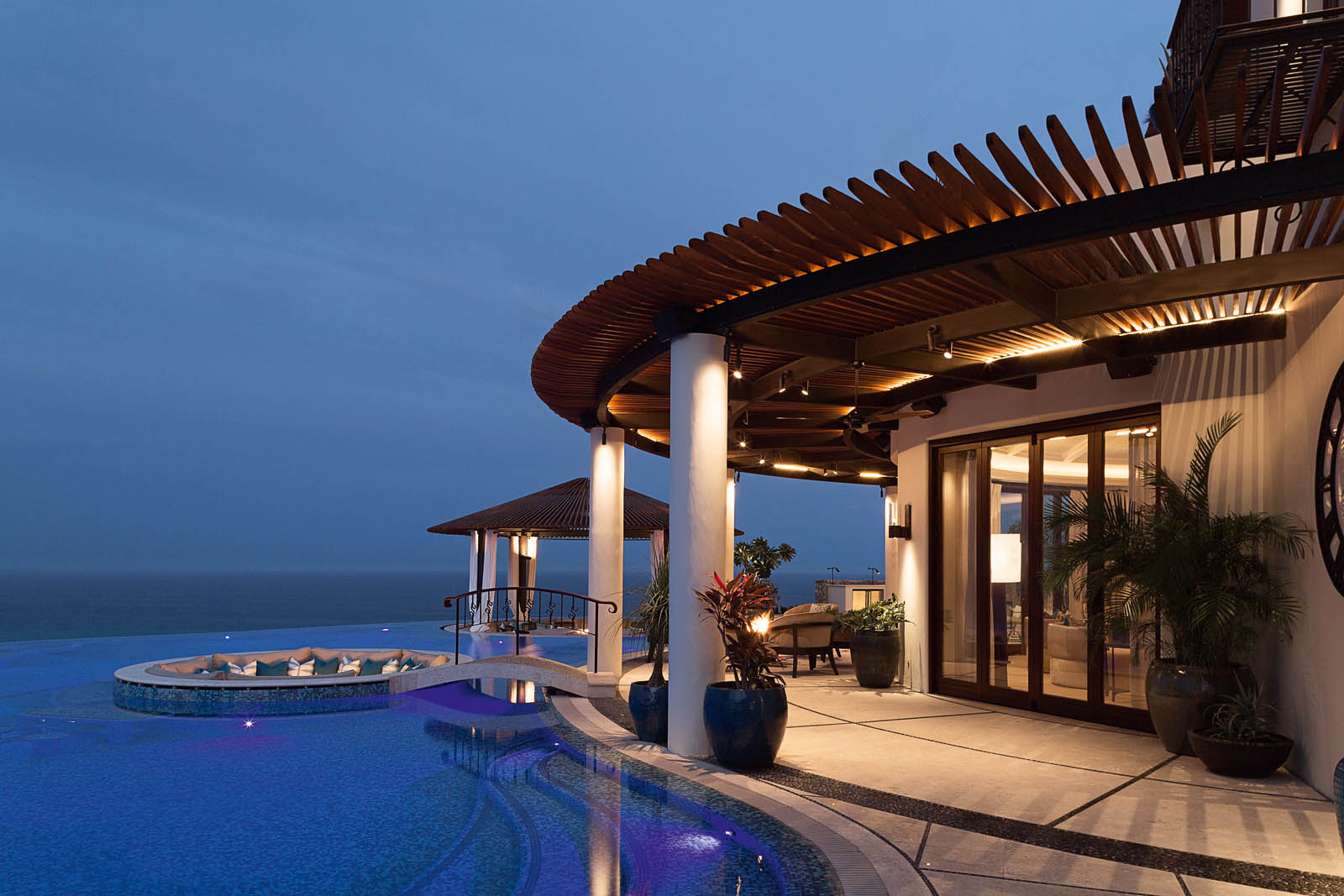

Ive always been infatuated with the storied luxury hotels of the world. Ive thrilled to the exclusive ambiance and elegant discretion of jet-set destinations; the glamorous mystique of the Aman Resorts or the Six Senses Hotels; how the fashionable bustle of the tony lobbies contrasts with the reverent hush of impossibly long hallways, all of it mingling with the ghosts of bygone movie stars, mistresses, and magnates. But I never imagined this sideline obsession would intersect with my actual interior design career, or allow me to use these rarefied milieus as aesthetic touchstones for the residential resort environments I would create along the dazzling coastlines of Mexico.
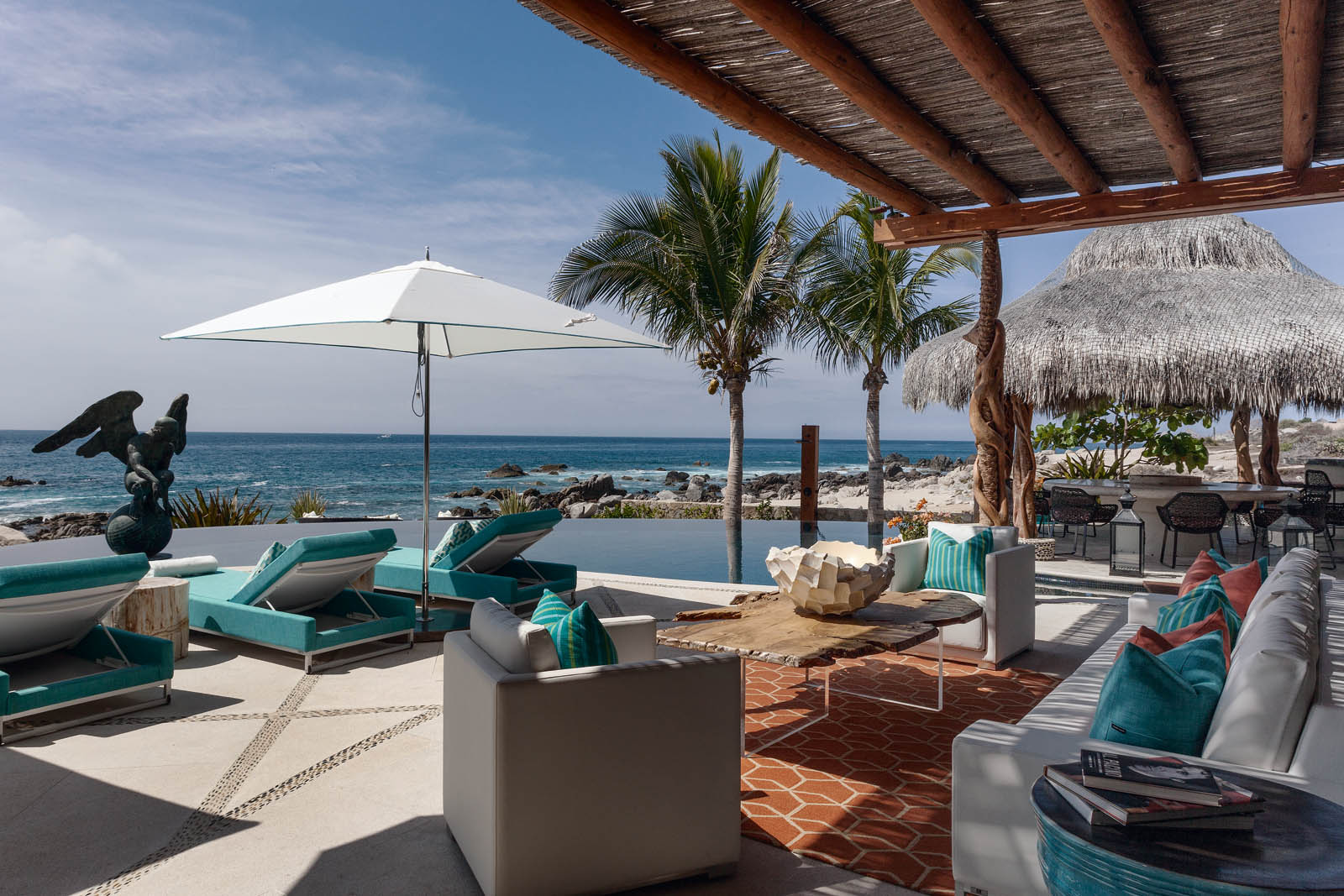
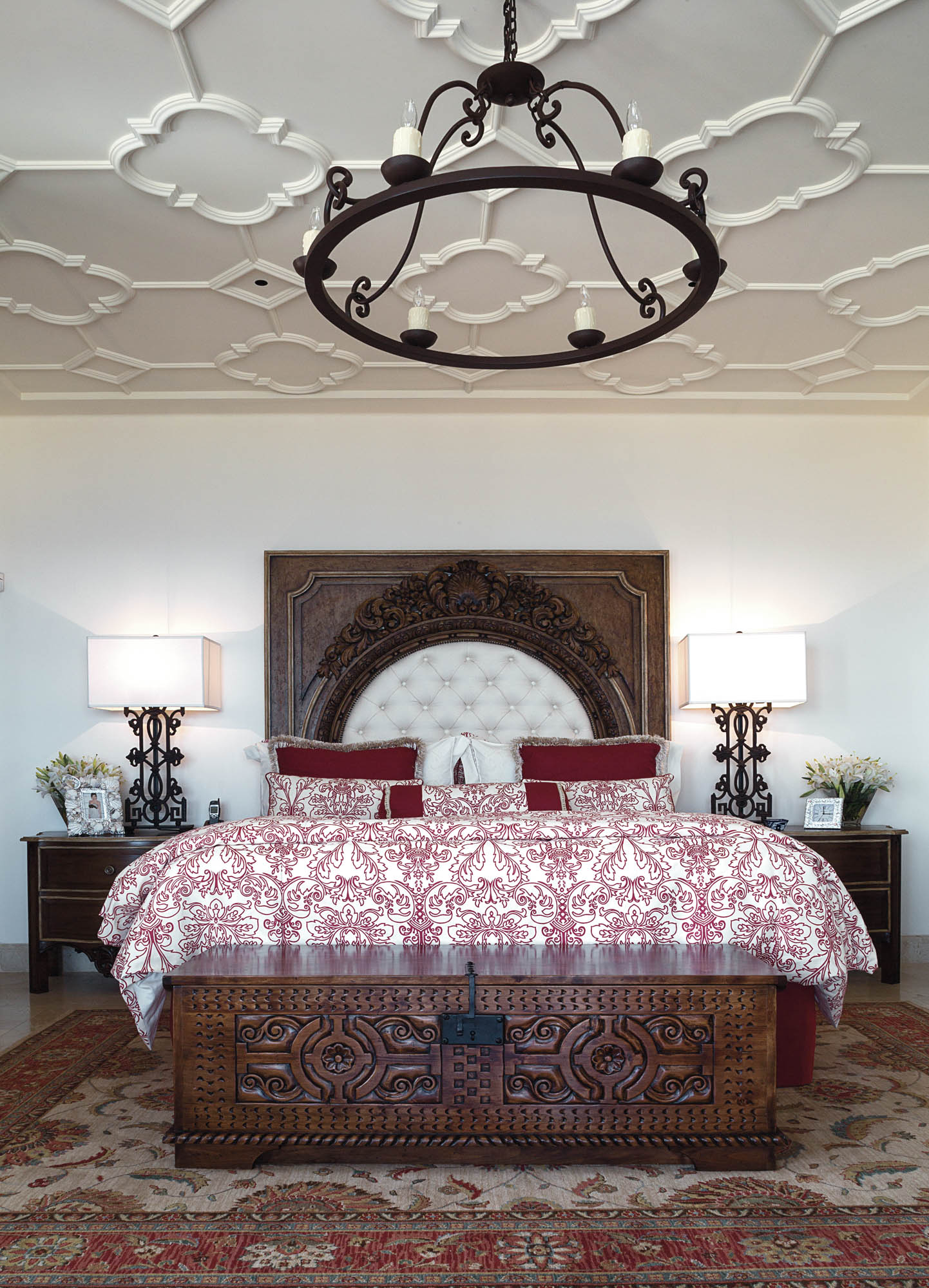
After graduating from the New England School of Design and then the Atlanta College of Art, I was hired as a junior hospitality designer by a succession of architecture and design firms, ultimately culminating with a position at the sublime Ocean Reef Club in North Key Largo, Florida. There I quickly became enthralled with the lifestyles of the senior designers, who traveled the world in order to absorb traditional and exotic design features and then translate them into unique experiences for the swelling ranks of the new affluent traveler. My design mentors knew how to distinguish between traditional and trendy and, even more, how to create impressive rooms with a sense of tasteful fantasy and plush comfort in equal measure. The hospitality industry is where I got my feet wet, so to speak. To this day, I have huge respect for the interior designers, architects, purchasing agents and executives who work in the design of upscale hotels, resorts, restaurants, spas and other hospitality-oriented projects.

In order to remain fresh and current in the creation of my own trademark resort-inspired residential endeavors, I routinely patronize five-star luxury hotels and resorts the world over. Not just to enjoy the beauty and the spa-like amenities but also to keep up with my amazing peers in the hospitality field. Their passion for originality, perfection, and overall excellence is a huge source of inspiration for me. Im always amazed with the service, style, and design of hotels like the Rosewood Mayakoba in Playa del Carmen, Mexico, or the Amanjiwo Hotel in Borobudur, Indonesia, or the Singhita in South Africa. I agree with my expanding clientele that one of the ultimate luxuries in life is to be able to live as if you were on a protracted holiday, in an amazing location, replete with a spectacularly comfortable and stylish interior. In short, I design residential retreats of sorts with all of the appointments, amenities, and considerations of a superb hotel. I try to replicate the quietly elegant, palpably informal perfection of these pampered yet uncluttered and unpretentious environments for my clients and my own personal life. This is the essence of what I call barefoot luxury.

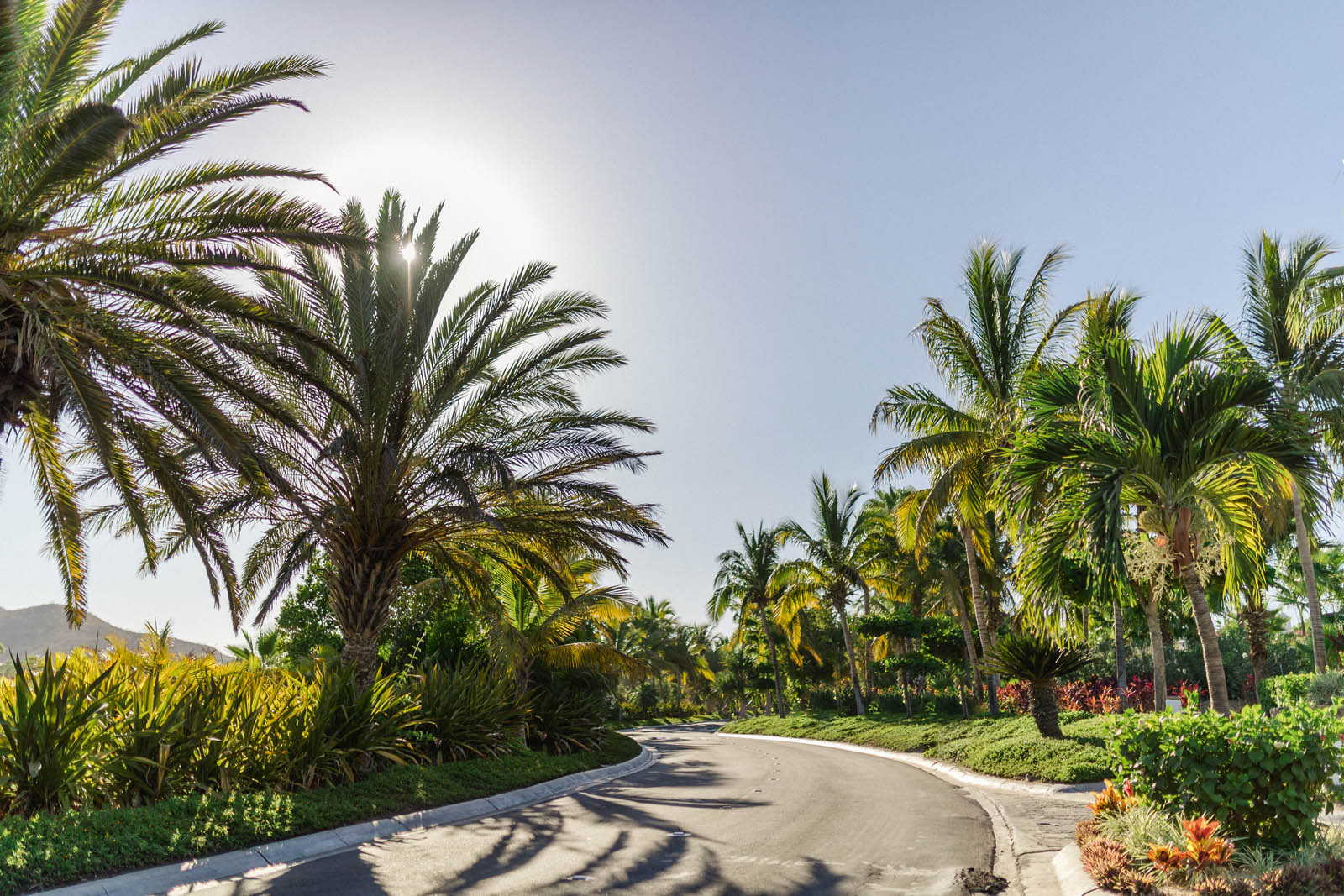
Escape to Mexico


The meteoric rise of the Mexican resort as an elite destination for luxury, adventure, and relaxation is relatively recent, all things considered. Certainly since the nineteenth century, intrepid foreign visitors have braved arduous travel, bad roads, poor accommodations, murderous banditos, and parasite-riddled water to experience the violent beauty of Mexicos desert habitats, mountain ranges rising dramatically from steaming jungles, and unspoiled stretches of coastline. But after the Mexican revolution, the government of the new republic settled on promoting tourism as a primary strategy for achieving modernization. Mass development of infrastructure did, in fact, draw a new breed of tourist (less bushwhacker, more beachcomber) to the colonial cities, cultural festivals, and monumental Pre-Columbian architecturethe very heart of Mexican culturein addition to the sparkling aqua seas and pillowy-soft sand. By the 1960s, the tourism industry was fully flourishing, as Americans and Canadians of varying backgrounds and means flocked to well-protected resort destinations built from scratch to cater almost exclusively to Anglo tastes and high standards of convenience.

